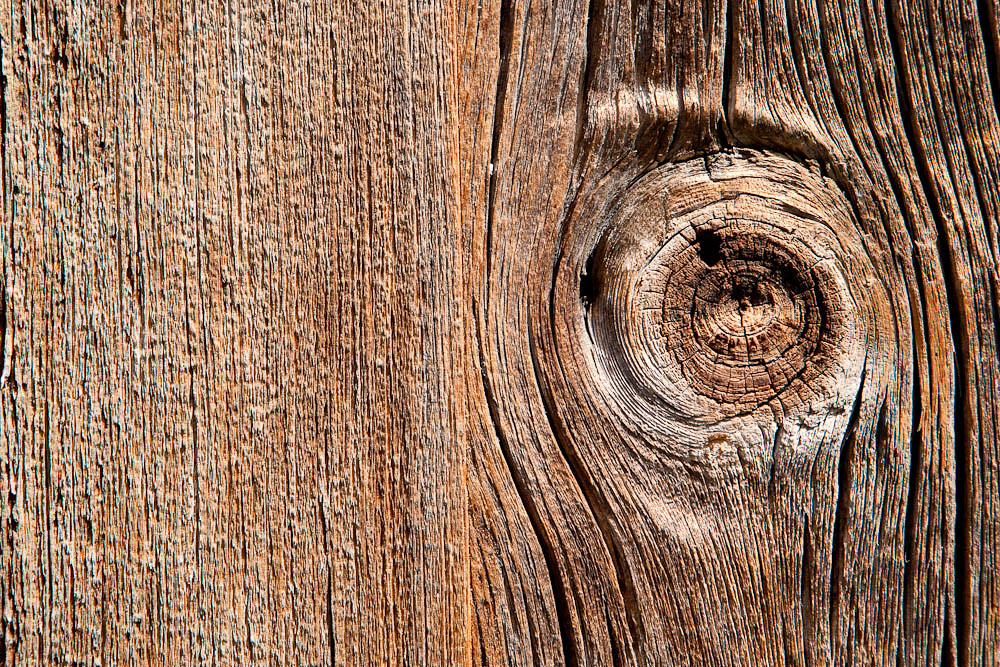To fill large holes in wood furniture, mix sawdust or wood shavings with epoxy to create a paste. Apply the paste to the hole, allowing it to dry completely.
Finally, sand the surface flush with the wood and finish with paint or varnish as desired. This method provides an easy and effective solution for repairing and restoring the appearance of wooden furniture.
Choosing The Right Filler
To fill large holes in wood furniture, mix sawdust or wood shavings with epoxy to create a paste. Once the epoxy dries, sand it down to be flush with the wood’s surface and finish with paint or varnish as needed.
The Importance Of Choosing The Right Filler For Large Holes
Choosing the right filler is crucial when it comes to filling large holes in wood furniture. The type of filler you use can significantly affect the repair’s effectiveness and durability. Using the wrong filler can result in an uneven finish, poor adhesion, or even further damage to the wood. Therefore, it is essential to choose a filler that matches the specific needs of the project at hand.
Factors To Consider When Selecting A Filler
Several factors should be taken into consideration when selecting a filler for large holes in wood furniture. These factors include the size and depth of the hole, the type of wood, the intended use of the furniture, and the desired finish. By considering these factors, you can make an informed decision that will ensure a successful repair.
Recommendations For The Best Filler For Large Holes In Wood Furniture
When it comes to filling large holes in wood furniture, there are a few recommended fillers that stand out. These fillers provide excellent adhesion, are easy to work with, and produce a professional-looking result. Here are some top recommendations:
- Wood filler: Wood filler is a popular choice for filling large holes in wood furniture. It is easy to apply and can be sanded and painted over to achieve a seamless finish. Wood filler comes in different colors, allowing you to match it to the color of your furniture.
- Epoxy filler: Epoxy filler is another excellent option for filling large holes in wood furniture. It is a durable and long-lasting filler that bonds well to wood. Epoxy fillers come in two parts that need to be mixed together, ensuring a strong and stable repair.
- Wood putty: Wood putty is a type of filler that has a putty-like consistency. It is ideal for small to medium-sized holes and dries quickly. Wood putty can be sanded and stained to blend in seamlessly with the rest of the wood.
These recommended fillers have proven to be effective in filling large holes in wood furniture. However, it is essential to follow the manufacturer’s instructions and test the filler on a small, inconspicuous area before applying it to the entire furniture piece.
Choosing the right filler is crucial for filling large holes in wood furniture. By considering the factors mentioned and using one of the recommended fillers, you can achieve a professional-looking repair and extend the lifespan of your beloved furniture.
Filling The Large Holes
To fill large holes in wood furniture, mix sawdust or wood shavings with epoxy to create a paste. Once dry, sand the area flush with the wood’s surface and finish with paint or varnish. Craft sticks can also be used as support for the wood filler.
Preparing The Surface
Before filling large holes in wood furniture, it is important to properly prepare the surface. This step ensures that the filler adheres well to the wood and creates a seamless finish once the repair is complete. Follow these steps to prepare the wood surface for the filler application:
Importance Of Preparing The Surface Before Filling The Hole
Properly preparing the surface before filling the hole is crucial to achieving a successful repair. Here’s why:
- Prevents the filler from falling out or cracking
- Improves the adhesion of the filler to the wood
- Creates a smooth and level surface for finishing
Steps To Prepare The Wood Surface For The Filler Application
- Clean the area: Start by removing any dust, dirt, or debris from the hole and surrounding area. Use a soft brush or a damp cloth to ensure a clean surface.
- Sand the edges: Use sandpaper or a sanding block to smooth out the edges of the hole. This not only helps the filler blend in better but also prevents any splinters or rough areas.
- Fill any gaps: If there are any gaps or cracks around the hole, fill them with wood glue or epoxy. This ensures a more solid base for the filler and prevents any further damage.
- Prime the surface: Apply a coat of wood primer to the area where the filler will be applied. This helps the filler adhere better to the wood and creates a more durable repair.
Tools And Materials Needed For Surface Preparation
Here are the tools and materials you will need to prepare the wood surface:
| Tools | Materials |
|---|---|
|
|
By following these steps and using the necessary tools and materials, you can ensure that the wood surface is properly prepared for filling large holes. This will result in a professional-looking repair that seamlessly blends with the rest of the furniture.
Finishing The Repair
Learn how to fill large holes in wood furniture with this easy guide. Mix sawdust or wood shavings with epoxy to form a paste, then fill the hole and sand it down. Finally, paint or varnish the repaired area to complete the restoration.
Tips for a Flawless Finish
To achieve a flawless finish on wood furniture or any other surface, consider the following tips:
- Surface preparation: Properly prepare the surface by cleaning it to remove dirt, dust, and debris. If there are any imperfections or rough spots, sand them down until the surface is smooth.
- Choose the right tools: Select high-quality brushes, rollers, or sprayers based on the type of finish you are applying. Using good-quality tools will help ensure a more even and professional-looking finish.
- Use proper technique: Follow the recommended application techniques for the specific finish you are using. This may include brushing or rolling in the direction of the grain, applying thin and even coats, and avoiding excessive drips or pooling of the finish.
- Thin coats are better: It’s generally better to apply multiple thin coats of finish rather than one thick coat. Thin coats dry faster, are less likely to drip or sag, and result in a smoother finish.
- Allow proper drying and curing time: Follow the manufacturer’s instructions regarding drying and curing times between coats and before using the furniture. Rushing the process can result in a less durable or flawed finish.
- Sand between coats: For a super-smooth finish, lightly sand the surface with fine-grit sandpaper between coats. This will help remove any imperfections or brush marks and promote better adhesion for subsequent coats.
Frequently Asked Questions Of How To Fill Large Holes In Wood Furniture
What Is The Best Filler For Large Holes In Wood?
The best filler for large holes in wood is epoxy resin wood filler. It can be mixed with sawdust or wood shavings to form a paste, which is then applied to the hole. Once dried, it can be sanded down and painted or varnished as needed.
Epoxy resin wood filler is ideal for filling large damages to timber, both indoor wood furniture and outdoor wood furniture.
How Big Of A Hole Can You Fill With Wood Filler?
You can fill large holes with wood filler by mixing it with sawdust or wood shavings to create a paste. Once the epoxy dries, sand it flush with the wood’s surface and paint or varnish as needed. Consider using craft sticks as support for the wood filler.
What Is The Best Epoxy For Filling Large Voids In Wood?
The best epoxy for filling large voids in wood is low-viscosity epoxy, also known as deep pour or penetrating epoxy. It is commonly used in the marine industry for boat building and wooden boat restoration as it seals and stabilizes rotted wood.
How Do You Fix A Large Hole In A Wood Cabinet?
To fix a large hole in a wood cabinet, follow these steps:
- Mix sawdust or wood shavings with epoxy to create a paste.
- Fill the hole with the paste and let it dry.
- Sand the epoxy flush with the cabinet’s surface.
- Paint or varnish as needed for a seamless finish.
Conclusion
To conclude, filling large holes in wood furniture is a simple and effective way to restore the appearance and functionality of your beloved pieces. By following the steps outlined in this guide, such as mixing sawdust or wood shavings with epoxy, sanding it flush, and painting or varnishing as needed, you can achieve professional-looking results.
Remember to choose the right wood filler and consider using support such as craft sticks for added stability. With these tips, you can confidently tackle any large hole in your wood furniture and enjoy its beauty for years to come.
Related Articles:
Insect Invasion: Threat to Utah’s Fir Forests
 Dr Ahsanur Rahman, PHD
Dr Ahsanur Rahman, PHD
UK Forests Collapse Imminent: Act Now Against Climate!
 Dr Ahsanur Rahman, PHD
Dr Ahsanur Rahman, PHD
Lightning Strikes Threat: Boreal Fires Jeopardize Carbon
 Dr Ahsanur Rahman, PHD
Dr Ahsanur Rahman, PHD









